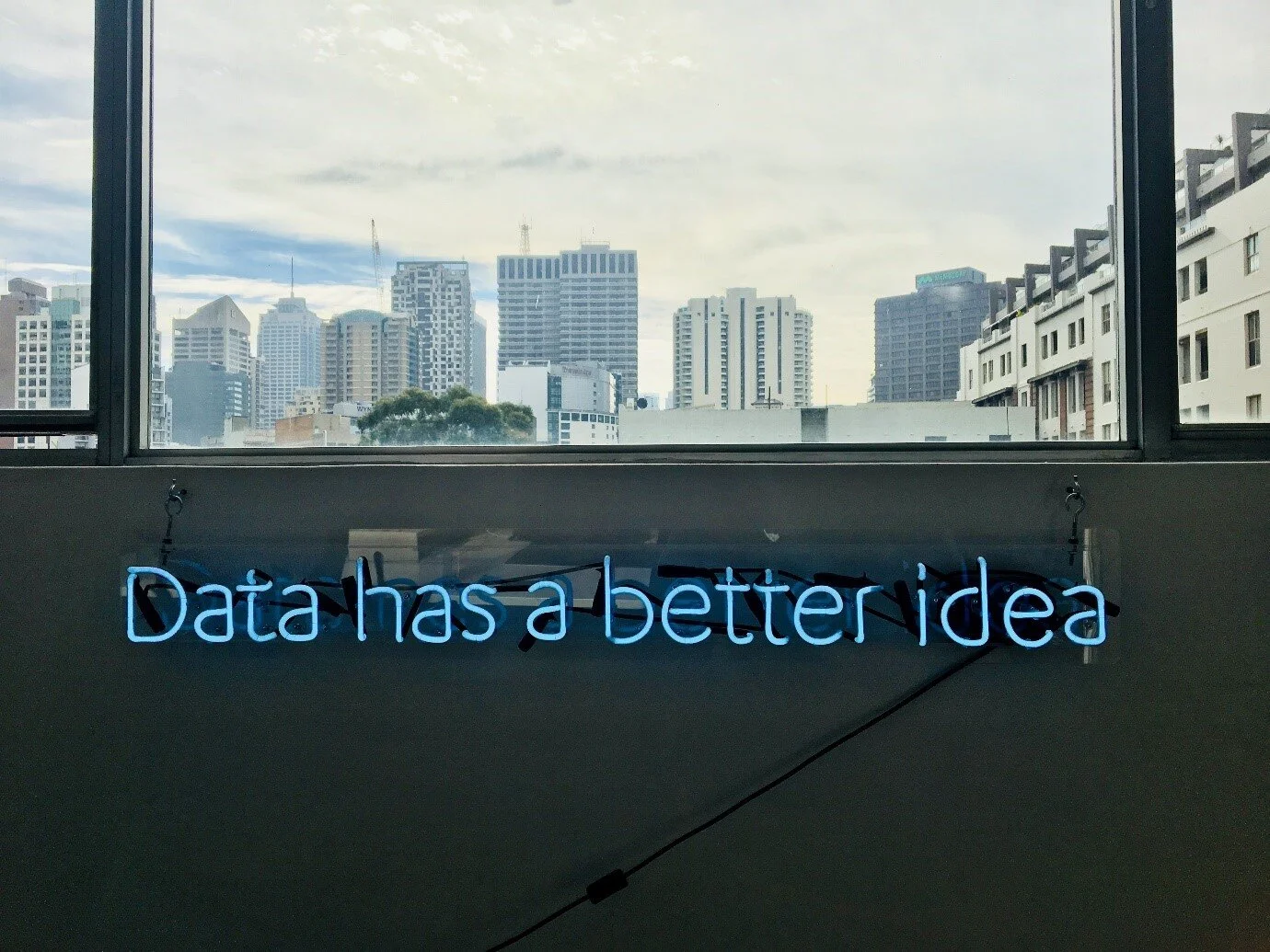Technology Trends
The Pandemic is Changing How We Use Data
Data analysis is aiding better public decision making and the creation of policies that protect the vulnerable.
In the early days of the coronavirus outbreak, societies focused on the protection of the most vulnerable groups in their communities – the elderly and those with underlying health conditions. As the outbreak grew into a global pandemic our view widened to include the economically vulnerable too.
CAPTION: Vast amounts of data could help us build more equitable societies and support the most vulnerable in our communities. (Photo by Franki Chamaki on Unsplash)
At-risk populations will be identified in 2021, communities will demand policy makers create the protections needed to keep these groups safe. Vulnerable populations are those who are at greater risk of unfavourable economic, educational, health or political changes or outcomes. It’s no surprise that the influences of vulnerability include institutional racism, systemic sexism, structural classism. The latter describes the increasing chasm between people with the means of wealth production and those who provide the labour.
These ‘isms’ often shape the way the poor and vulnerable are described. The result of which has these groups being devalued, criminalised and economic inequality deepening.
2021 will be the year in which scholars, activists and grassroots movements unite to urge policy makers to address issues with providing a living wage, paid leave and the pathway to the securing of wealth. These policies will be around the core theme of wealth redistribution to diminish economic inequality while increasing security.
As we enter into 2021’s global recession, economic insecurity will rise on leader’s agendas. Politicians will point fingers at each other for neglecting to implement policies that protect frontline workers, stimulate consumer confidence or steady the destabilisation of supply networks. As the COVID-19 death toll rises, the term ‘disproportionately’ will be heard more often exposing the institutionalised racism and anti-black policies and their detrimental effect on minority communities.
The newer term ‘disaggregated data’ will also increase in frequency of use, speaking to the vast volumes of data that can be, and is, broken into detailed sub-categories to provide deeper insight into who exactly has fallen to COVID-19, who has benefitted and who has been denied government grants and support packages as well as who has been completely forgotten. This disaggregated data enables nuances and characteristics for datasets that indicate vulnerability to be identified. It will become a requirement for the data gathered to be reported on in terms of the component parts. This will deliver accountability for measuring progress of wellbeing within vulnerable populations.
Policy-makers will start to see what researchers health conditions already know – disaggregated data can be used to support the creation of health and economic policies that create better outcomes for vulnerable groups. Along with identifying groups, disaggregated data can also be used to assist vulnerable industries and sectors.
The lessons COVID-19 is teaching policy makers will influence the way data is collected, used for decision making and the actions taken to protect the most vulnerable in our communities. Coronavirus has shown us that vulnerability is not static and can impact many aspects of our lives – health versus economic, environmental versus political and so on.
Framing policy decisions through the lens of vulnerability enables communities to unite. At a time when many societies are experiencing deep divisions between groups and global co-operation is at a low ebb, the only hope for healing may be to focus on those most at risk who have been under-served by our governments social and economic policies for decades.
Societies are on the cusp of addressing, in measurable ways, the many isms and phobias that have hobbled our ability to respond to crises adequately and stopped us from moving forward to create truly equitable and inclusive cultures.

